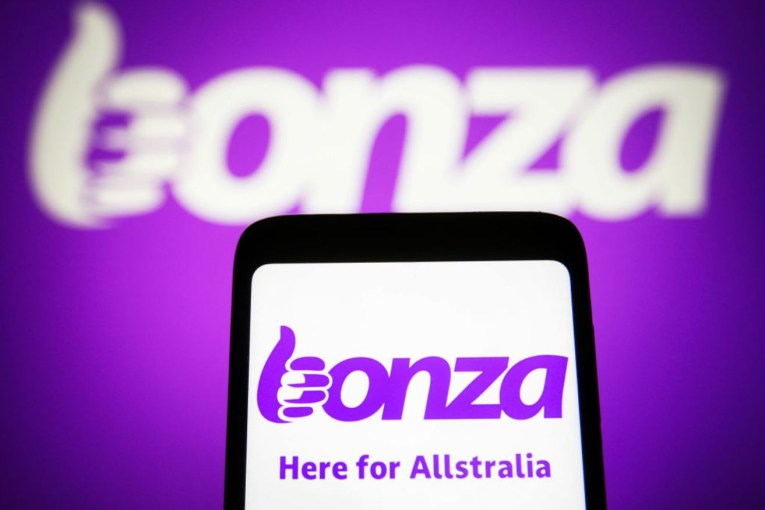Delivery vehicles must go electric to tackle emissions: Report

Getting commercial delivery vehicles to go electric is key to reducing carbon emissions and should be a priority in the federal government’s plans to lift electric vehicle sales, a new report claims.
In fact, converting 10 small delivery trucks to electric is equal to 56 households switching from petrol cars to an EV, according to the report by Sydney-based logistics firm Adiona.
Delivery trucks travel six times further each year than passenger cars, using 40 times as much fuel and producing 50 times more emissions, Adiona’s Richard Savoie said.
“Australia is already behind every other developed nation on electric vehicles, and while we’re playing catch up, we can’t forget the biggest emitters,” he said.
“We need much bigger financial incentives for businesses to switch to more expensive EVs. Current grants barely bridge the gap. They are not sufficient to change people’s minds and change Australia’s roads.”
The Albanese government is consulting on tougher fuel efficiency standards under an electric vehicle strategy published last week, which highlighted how fringe benefits tax reforms and millions in funding for green car loans were designed to spark business investments.
Source: EV Council
But Mr Savoie said the government’s tax incentives were inadequate and lagged other nations that had much higher levels of EV adoption among businesses and households.
Governments must focus on commercial vehicles, even over electric passenger cars, he said.
Electrifying fleets is key
“The data shows that consumer adoption of EVs should not be Australia’s No.1 priority,” he said.
“Electrifying fleets is by far the most efficient way to reduce vehicle emissions.
“Every battery we put in a truck or van counts for five to 50 households buying an EV, and businesses often have fleets of hundreds of vehicles.”
Anna Mortimore, a transport expert at Griffith University, said the Adiona report raises “more questions than answers”, amid big uncertainty about the supply of electric delivery vehicles.
But she said the introduction of tougher fuel efficiency standards should help direct more EVs suited for commercial use to Australia, alongside a wider variety of cheaper passenger cars.
“The issues regarding delivery trucks is no different to normal passenger and light vehicles,” Dr Mortimore said.
“Heavy SUVs and light commercial vehicles make up about 37 per cent of the market.”
Dr Mortimore said Australia could go much further with tax incentives to encourage businesses to take up EVs by following the example of other nations such as the UK and Netherlands.
In the UK, for example, road taxes are based on carbon emissions and there are extensive capital allowances in place for businesses buying EVs worth up to 19 per cent of the price.
The Netherlands, meanwhile, allows businesses and individuals to deduct more than a third of an EV’s price immediately under an environmental investment allowance scheme.
“The important part of the global momentum behind EVs is the policies that have achieved that momentum,” Dr Mortimore said.
In terms of what could be done in Australia, Dr Mortimore has recommended the government consider a number of tax reforms.
That includes introducing an instant asset write-off for EVs and increasing the GST credit limit.








